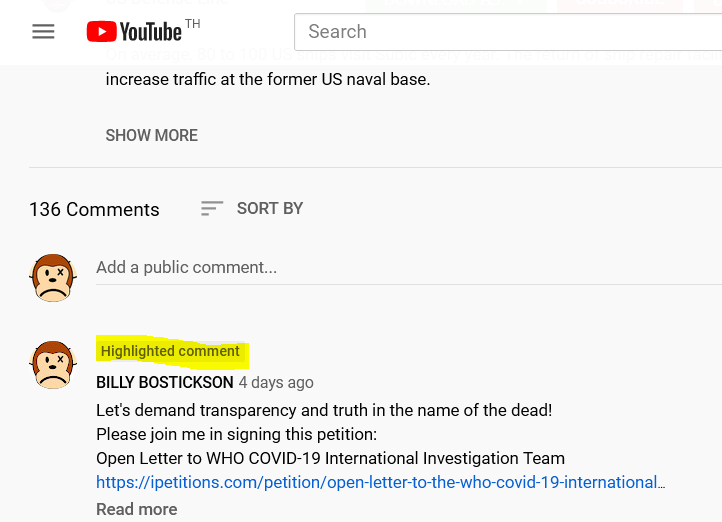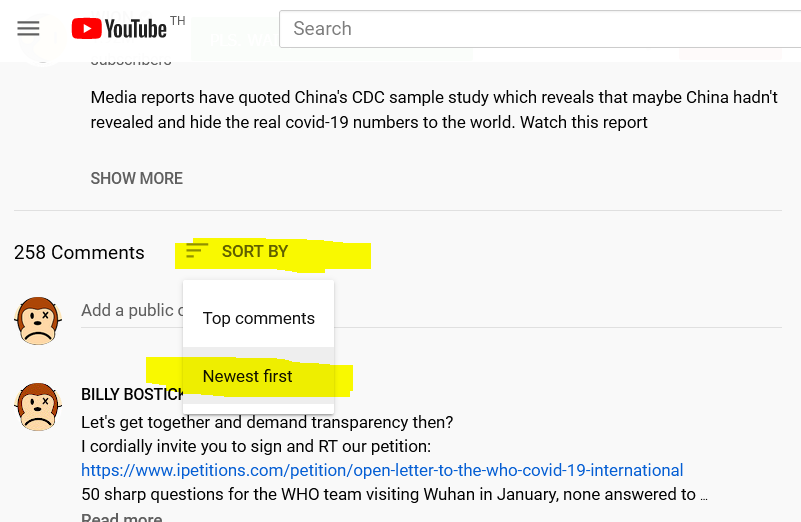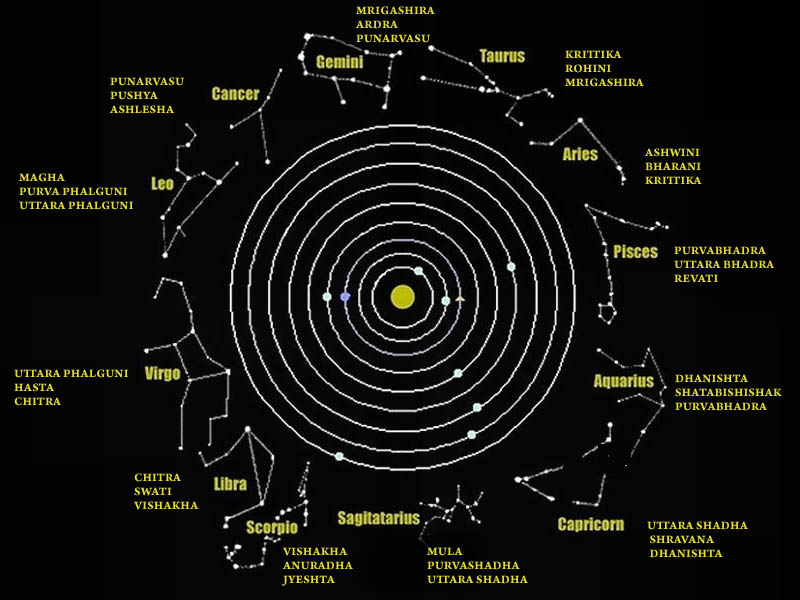1/ I want to briefly tease out Cruz's statement, which will help set expectations about what might happen January 6:
More from Law
The Shari'a Law has been a subject of inequitable prejudice for a long time, which we already know is false & illogical.
However, as long as such claims are being made- we will have to falsify 'em.😏
Let's debunk all the myths.
Harvard Economists point out how eradication of poverty in secular states is one of the pressing issues academics face.
In fact, around a billion people live in extreme poverty conditions under the notion of secularism.
https://t.co/gVp2jRtjqU
https://t.co/oZELY0BFrd

Contrary to secularism-Islam was extremely triumphant in this regard.
The Shari'a states successfully eradicated poverty by creation of a welfare society & the institutionalization of obligatory charity.
https://t.co/5xpQkQ6ZQb
https://t.co/KH1sl1omB5
https://t.co/38ak5CUK1L

A logical outcome of 0% poverty is 0% crime rates, as criminologists point out.
This can be explained by the theory of Synnomie, which explains 0% crime rates & ideal social order under the Shari'a.
https://t.co/QwtLB6xEFW
https://t.co/HskBa5qy4P
https://t.co/mklS6BIOL0

1. we have a petition/open letter for the WHO
https://t.co/Bie8pUy7WJ
2. 372 people signed it but we want to boost it
3. I post link ascomment on related YT videos
Tks @KevinMcH3 for the tip
4. You can help by liking the comments
5. That will increase visibility!

6. Links for YT videos with comments are here
1. China curtails hunt for virus origins
https://t.co/NhcYdtsd2Y
2. China: nearly 500,000 may have been infected in Wuhan
https://t.co/KRUQ5hFrii
3. WHO becomes US-China battleground | DW Documentary
https://t.co/8ah8M8bpiB

4. Gravitas: The 'hidden hunt' for COVID-19 origins
https://t.co/hHhhUqgPYt
5. Seeking the invisible: hunt for origins of deadly Covid-19 coronavirus will take scientists to Wuhan
https://t.co/tCPQqjUZF3
6. WHO team to probe COVID-19 origins in
7. How forensic researchers track down origins of SARS-CoV2
https://t.co/r7A1lkr5li
8. Bats, roadblocks & the origins of coronavirus - BBC
https://t.co/Kh9jacC54t
9. New coronavirus strain is far more infectious and spreading among young - BBC
10. https://t.co/OcpAZ9nrl3
11. https://t.co/OcpAZ9nrl3
12. https://t.co/OcpAZ9nrl3
13. https://t.co/PhmoSfvbD8
14. https://t.co/TsvB7SYN2c
15. https://t.co/0o5YbmiUbJ
16. https://t.co/ir7QiwmlWt
17. https://t.co/PTT3KZDi8F
18.
Our Social Media Discussions are Back!
— Kenna Partners (@Kenna_Partners) January 13, 2021
Today our topic is: Digital Identity and the Law
Join the Conversation on Twitter by 5PM! pic.twitter.com/TbbqMMQbLc
Good evening everyone! Welcome to the Year 2021 and the first KP Social Media Discussion of the year. Today we are gonna discuss the concept of digital identity and the legal issues it raises.
It is not news that the fourth industrial revolution has led to many novel innovations on how everyone lives their lives.
Most operations in life can now be done digitally since the rise of the digital age and social networking, and since the Corona Virus mandated lockdowns most social interactions from work to school to parties, weddings and funerals are done digitally.
In Nigeria, there is a ramped up pressure to create a digital profile for every Nigerian through the National Identity Card Scheme which is now operated by the Federal Ministry of Communications and Digital Economy.
You May Also Like
Imagine for a moment the most obscurantist, jargon-filled, po-mo article the politically correct academy might produce. Pure SJW nonsense. Got it? Chances are you're imagining something like the infamous "Feminist Glaciology" article from a few years back.https://t.co/NRaWNREBvR pic.twitter.com/qtSFBYY80S
— Jeffrey Sachs (@JeffreyASachs) October 13, 2018
The article is, at heart, deeply weird, even essentialist. Here, for example, is the claim that proposing climate engineering is a "man" thing. Also a "man" thing: attempting to get distance from a topic, approaching it in a disinterested fashion.

Also a "man" thing—physical courage. (I guess, not quite: physical courage "co-constitutes" masculinist glaciology along with nationalism and colonialism.)

There's criticism of a New York Times article that talks about glaciology adventures, which makes a similar point.

At the heart of this chunk is the claim that glaciology excludes women because of a narrative of scientific objectivity and physical adventure. This is a strong claim! It's not enough to say, hey, sure, sounds good. Is it true?
The Swastik is a geometrical figure and an ancient religious icon. Swastik has been Sanatan Dharma’s symbol of auspiciousness – mangalya since time immemorial.

The name swastika comes from Sanskrit (Devanagari: स्वस्तिक, pronounced: swastik) &denotes “conducive to wellbeing or auspicious”.
The word Swastik has a definite etymological origin in Sanskrit. It is derived from the roots su – meaning “well or auspicious” & as meaning “being”.

"सु अस्ति येन तत स्वस्तिकं"
Swastik is de symbol through which everything auspicios occurs
Scholars believe word’s origin in Vedas,known as Swasti mantra;
"🕉स्वस्ति ना इन्द्रो वृधश्रवाहा
स्वस्ति ना पूषा विश्ववेदाहा
स्वस्तिनास्तरक्ष्यो अरिश्तनेमिही
स्वस्तिनो बृहस्पतिर्दधातु"

It translates to," O famed Indra, redeem us. O Pusha, the beholder of all knowledge, redeem us. Redeem us O Garudji, of limitless speed and O Bruhaspati, redeem us".
SWASTIK’s COSMIC ORIGIN
The Swastika represents the living creation in the whole Cosmos.

Hindu astronomers divide the ecliptic circle of cosmos in 27 divisions called https://t.co/sLeuV1R2eQ this manner a cross forms in 4 directions in the celestial sky. At centre of this cross is Dhruva(Polestar). In a line from Dhruva, the stars known as Saptarishi can be observed.

@NBA @StephenKissler @yhgrad 1. From Day 1, SARS-COV-2 was very well adapted to humans .....and transgenic hACE2 Mice
1. From Day 1, SARS-COV-2 was very well adapted to humans .....and transgenic hACE2 Mice
— Billy Bostickson \U0001f3f4\U0001f441&\U0001f441 \U0001f193 (@BillyBostickson) January 30, 2021
"we generated a mouse model expressing hACE2 by using CRISPR/Cas9 knockin technology. In comparison with wild-type C57BL/6 mice, both young & aged hACE2 mice sustained high viral loads... pic.twitter.com/j94XtSkscj
@NBA @StephenKissler @yhgrad 2. High Probability of serial passaging in Transgenic Mice expressing hACE2 in genesis of SARS-COV-2
1. High Probability of serial passaging in Transgenic Mice expressing hACE2 in genesis of SARS-COV-2!
— Billy Bostickson \U0001f3f4\U0001f441&\U0001f441 \U0001f193 (@BillyBostickson) January 2, 2021
2 papers:
Human\u2013viral molecular mimicryhttps://t.co/irfH0Zgrve
Molecular Mimicryhttps://t.co/yLQoUtfS6s https://t.co/lsCv2iMEQz
@NBA @StephenKissler @yhgrad B.1.1.7 has an unusually large number of genetic changes, ... found to date in mouse-adapted SARS-CoV2 and is also seen in ferret infections.
https://t.co/9Z4oJmkcKj

@NBA @StephenKissler @yhgrad We adapted a clinical isolate of SARS-CoV-2 by serial passaging in the ... Thus, this mouse-adapted strain and associated challenge model should be ... (B) SARS-CoV-2 genomic RNA loads in mouse lung homogenates at P0 to P6.
https://t.co/I90OOCJg7o

















